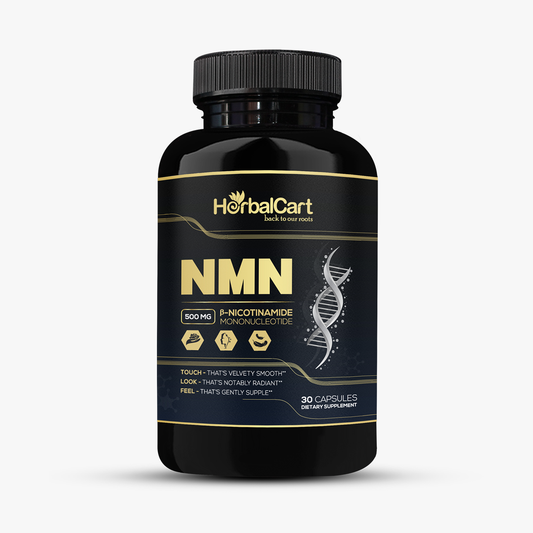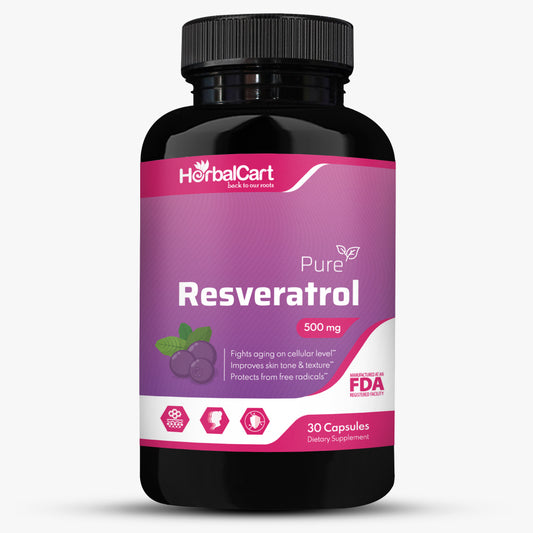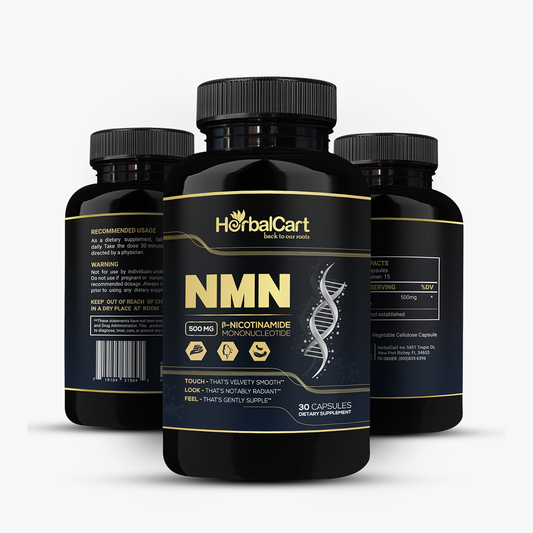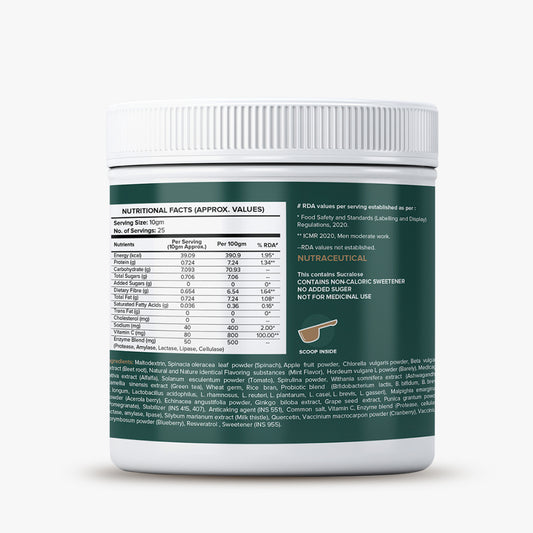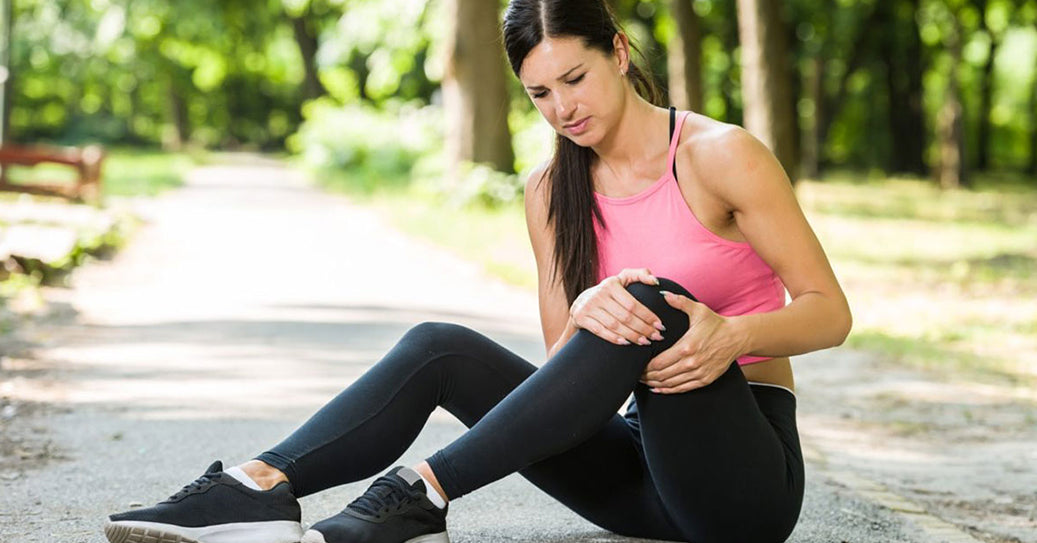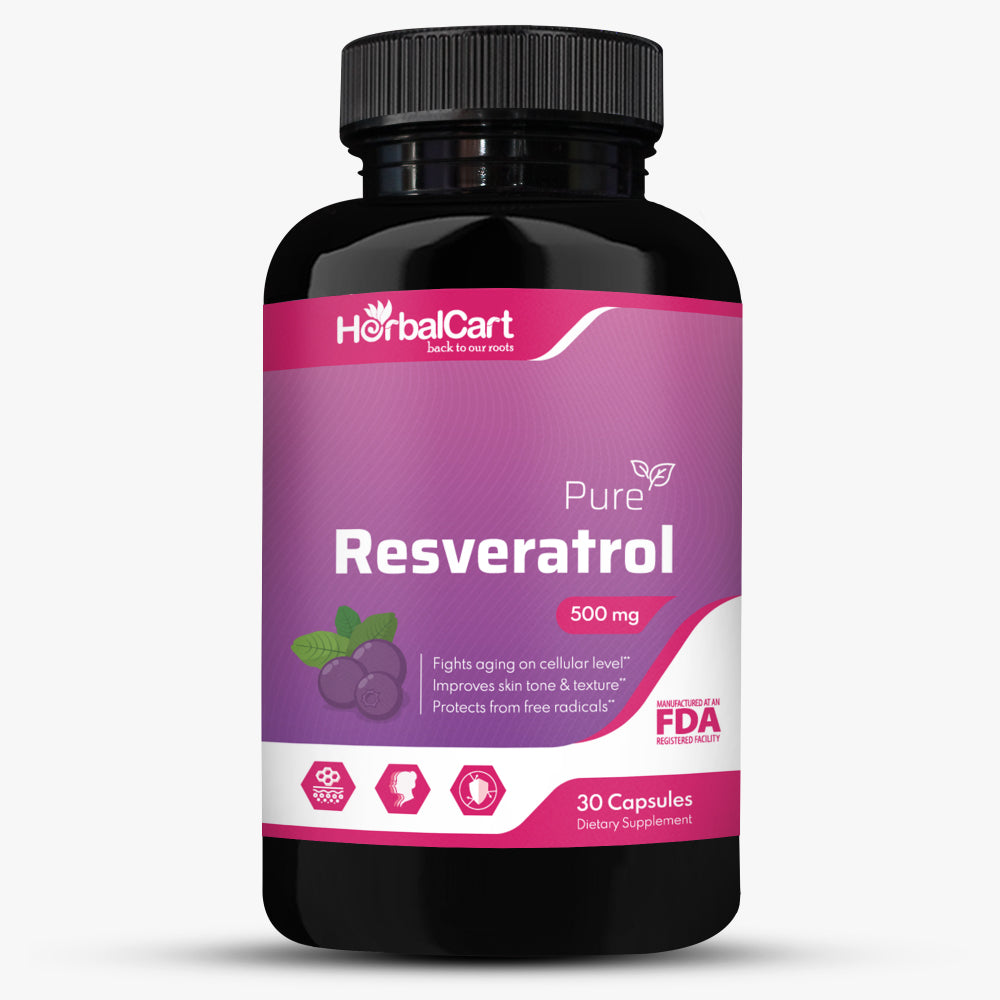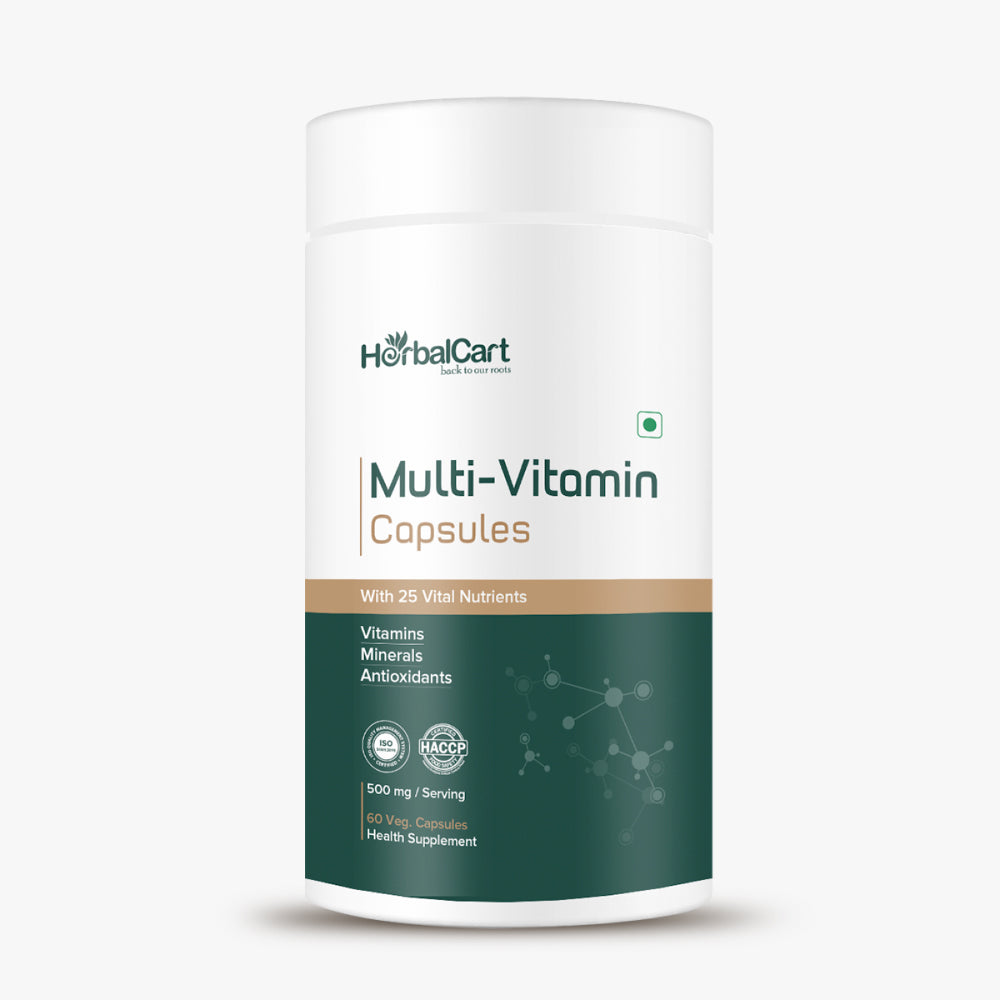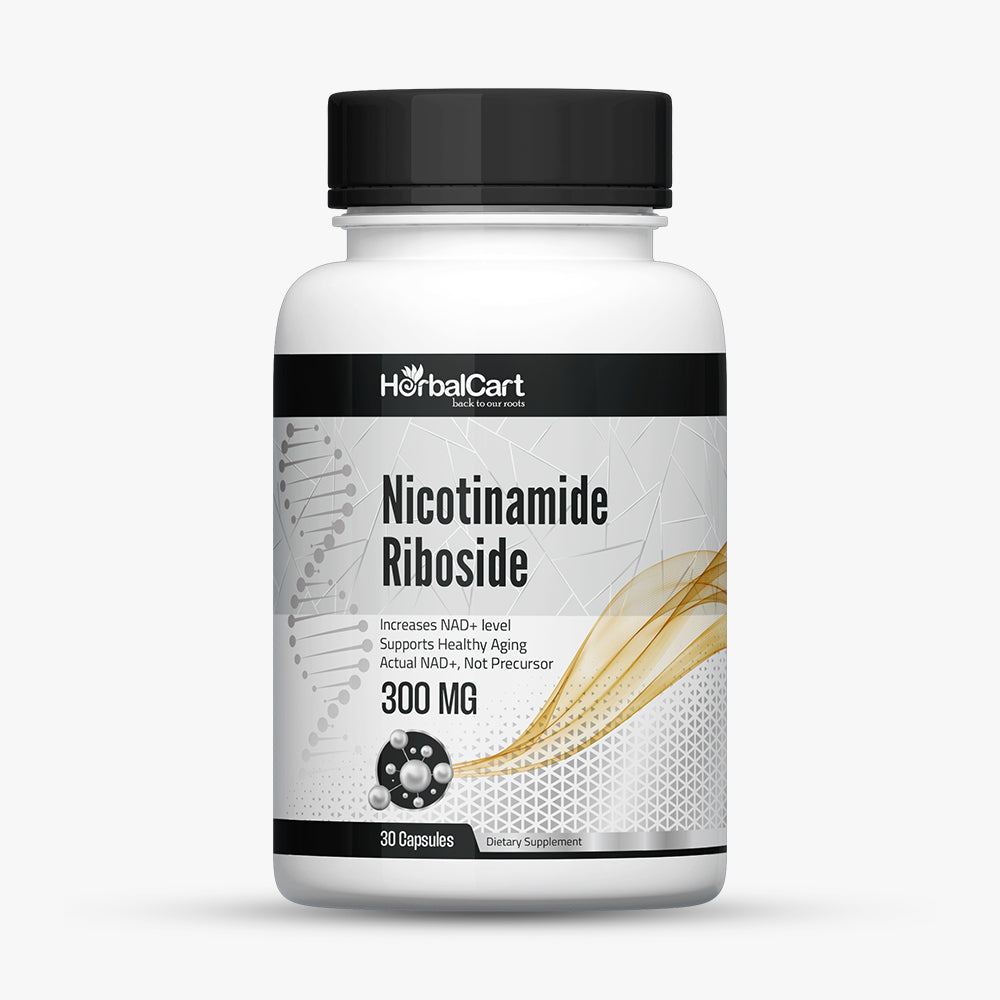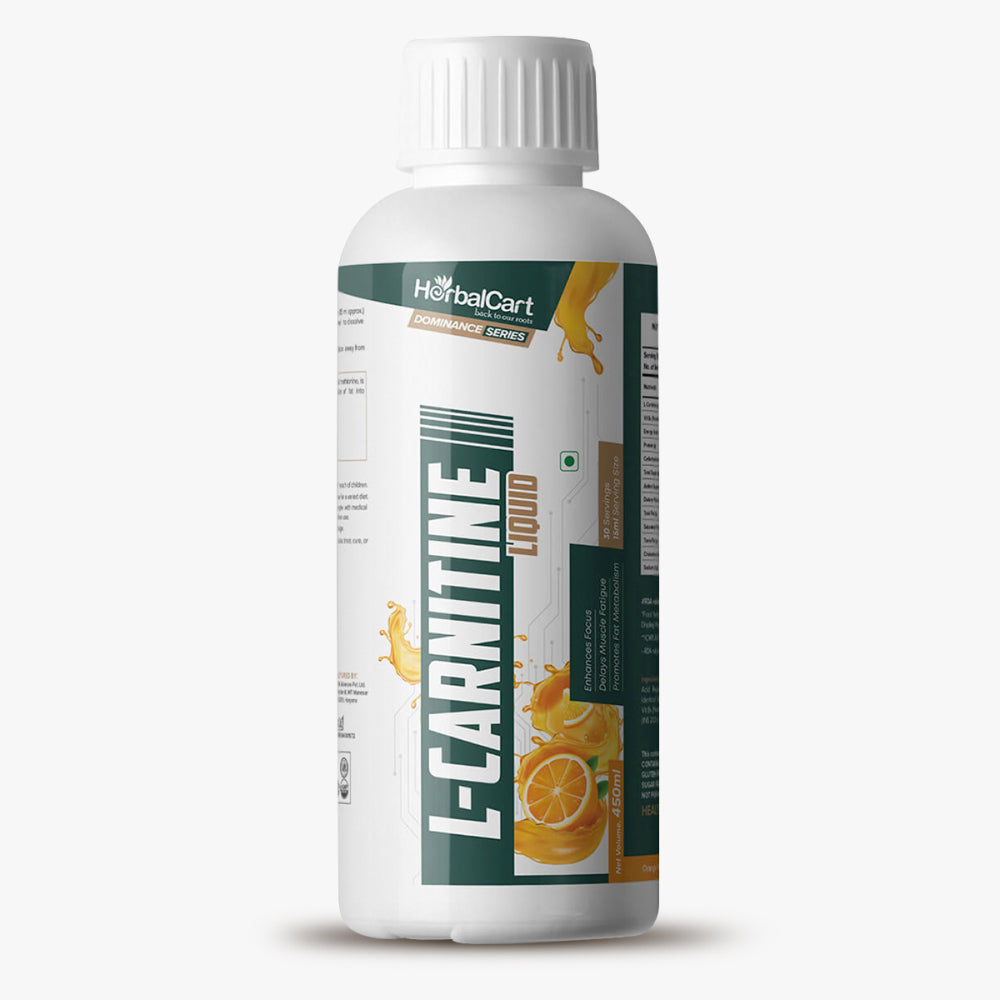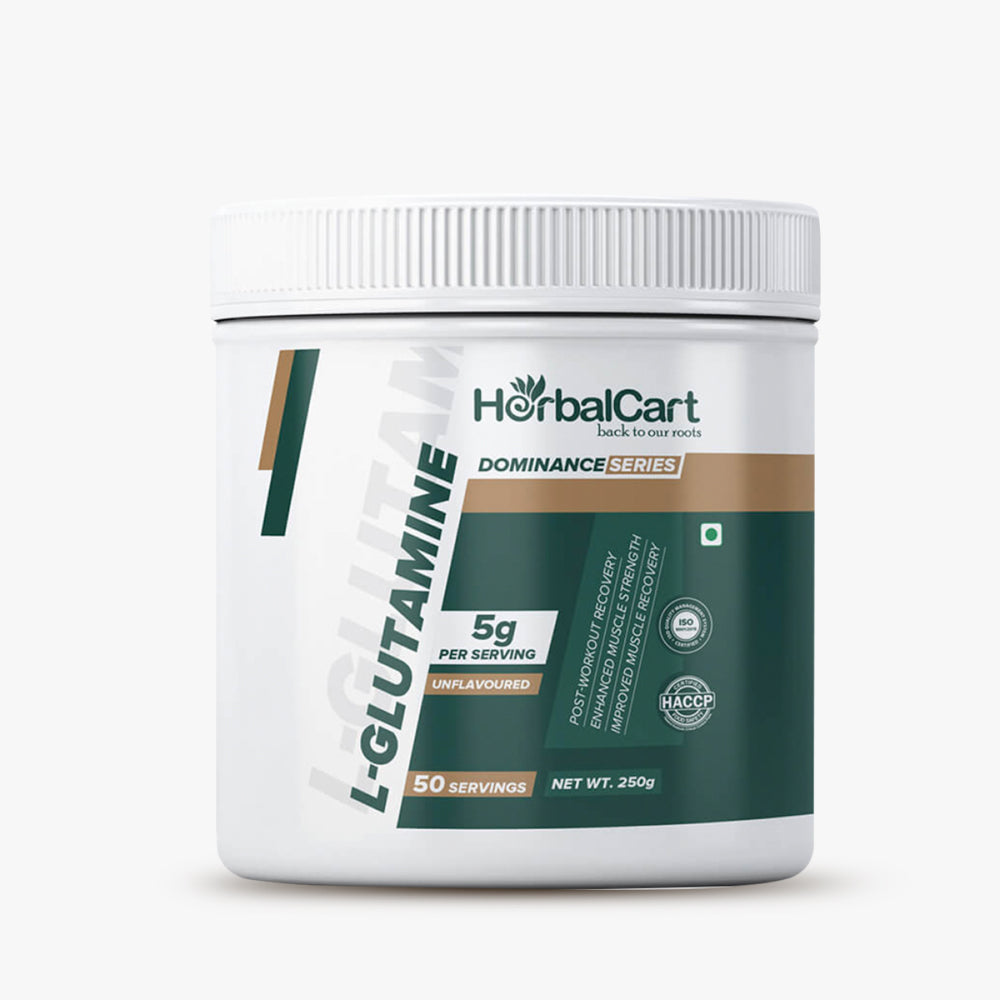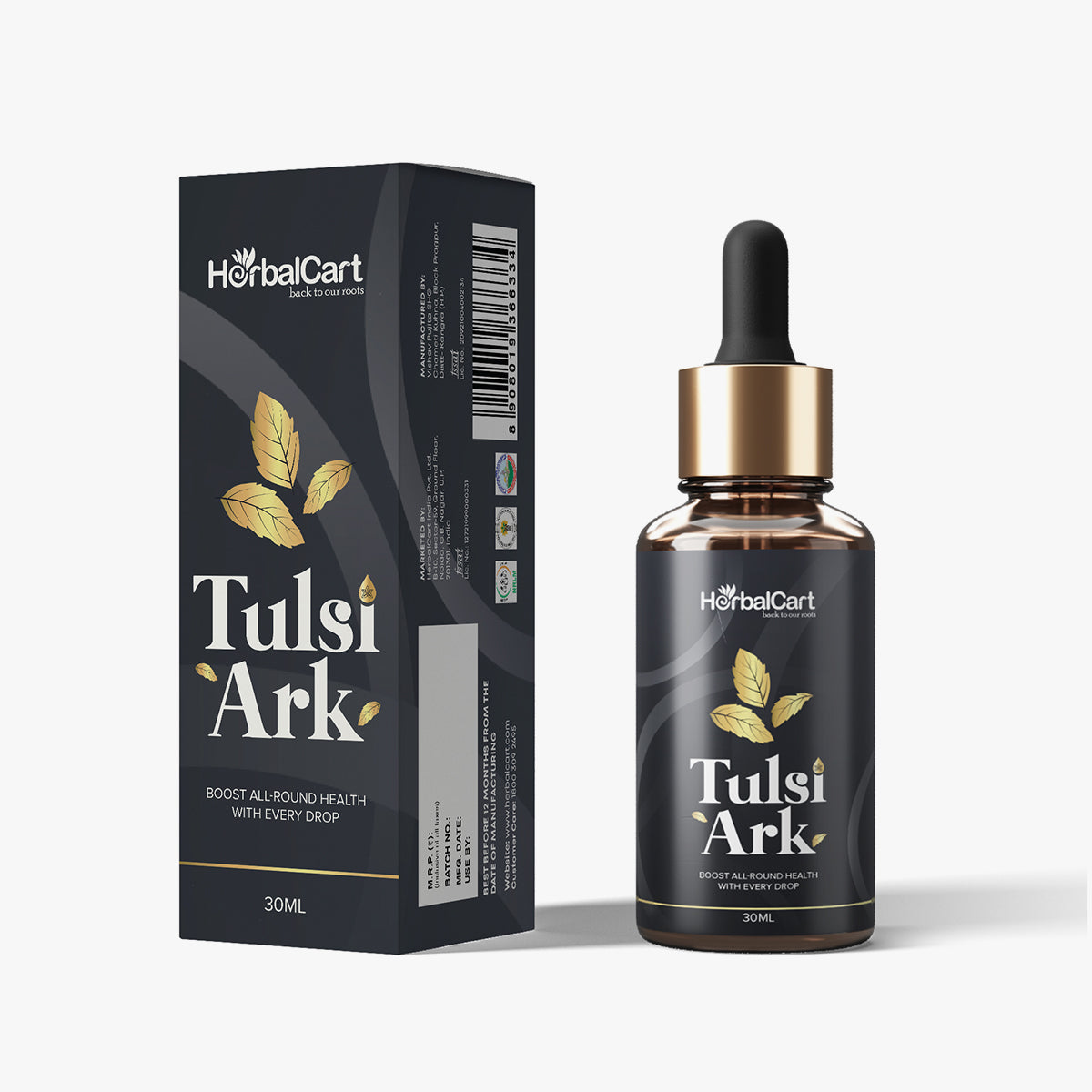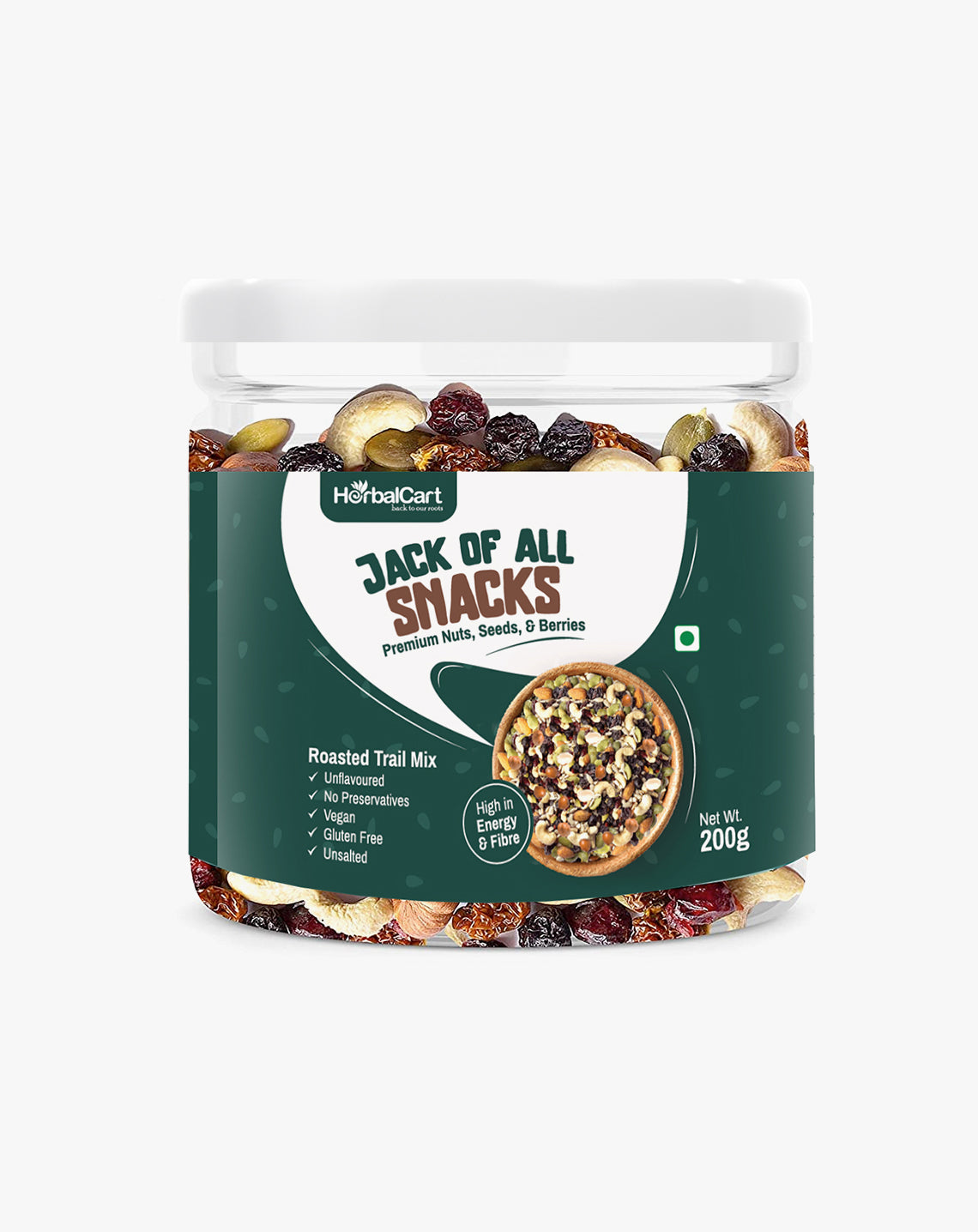Seeing your sweetheart and feeling weak in the knees is a pleasure but feeling weak in the knees due to pain is a torture.
Aged, Adults and Teenagers, knee pain shares blood relation with none. Showing no mercy, this unpleasant guest arrives with injury, workout, aging and at times, blames heredity behind its wrath.
Considering the scientific grounds, a 2015 study published in the journal Best Practice & Research Clinical Rheumatology claimed the reasons behind knee pain to be either work related or past injuries. Further, World Health Organization found that Osteoarthritis has reached the verge of becoming the 8th most vital cause of disability in men; whereas, the 4th most vital cause of disability in women.
Being generic, knee pain is the result of two things:
ARTHRITIS & INJURY
Showing you a clear picture about the insights of both these causes, below are mentioned the various forms of arthritis and injuries that turn active knees into painful ones.
| ARTHRITIS | INJURY |
| Rheumatoid Arthritis | Tendon Injuries |
| Osteoarthritis | Dislocated Kneecap |
| Psoriatic Arthritis | Meniscal Injuries |
| Infectious Arthritis | Plica Syndrome |
| Reactive Arthritis | Osgood-Schlatter Disease |
| Gout | Bursitis |
| Lyme Disease | Iliotibial Band Syndrome |
| Ankylosing Spondylitis | Anterior Cruciate Ligament & Posterior Cruciate Ligament Injuries |
| Lupus | Loose Bodies |
Why Escape Into Exercise?
Though a number of supplements have been placed on the shelves of medical shops and online pharmacies, The American Academy of Orthopedic Surgeons have something else to suggest. According to them, knee strengthening exercises and exercise-based therapy are the best ways to treat knee pain and related issues.
Exercise maintains certain motions, which are possible with muscles that support the knees in a way to keep them strong and moving. Other reasons behind exercising are:
- Providing support to the joint area
- Reducing progression and pain
- Strengthening the knee area
- Supporting healthy cartilage
- The Most Obvious Thought – Is Exercise Safe for Me?
If this is your question and you are haunted by the concern – will exercise increase the damage or pain; it’s time to break the myth. If your doctor finds it safe, you can go on to strengthen muscles that are responsible for supporting your knees and instilling flexibility in them.
The silver, golden, diamond & platinum rule is – “stating slowly and building up with time.”
Exercises To Cure Joint Pain

After applauding knees strengthening exercises like a warrior, let’s take a look at the best exercises that have proved their worth. But before beginning with them, please consider some important suggestions:
- Consult your physical therapist or a certified trainer
- Performing the exercises on both legs, no matter the pain is only in one leg (for equal strengthening)
- Follow the steps carefully to avoid any consequences
The Beginner Exercises

1. Quadriceps Strengthener (As the name says, it strengthens the quadriceps)
- Lay on your back
- Beneath the knee, place a rolled up towel or a small foam roller
- To straighten the knee, activate the thigh muscles
- Hold the contraction for 5 seconds
- Release
- Repeat 10 times on each side
2. Straight Leg Raise (Strengthens the quadriceps and core)
- Lay on your back
- Stretch both legs out
- Lift the right leg up to about 6 inches off the floor
- Hold the contraction for 10 seconds
- Keep the abs tight
- Repeat 5 times on each side
- To avoid arching and for support, you can place hands underneath the lower area of the back.
3. Hip Adduction (This strengthens the inner thigh muscles)
- Lay on your back
- Bend knees keeping feet on the floor.
- Between the knees, place a lightweight ball or a small pillow or foam roller
- Squeeze the legs towards the object you are holding
- Hold for 5–10 seconds
- Release
- Repeat 10–20 times
4. Hip Raise (This strengthens the hamstring muscles that support the knees)
- Lay on your back
- Bend knees keeping feet on the floor
- Keep heels close to the butt
- Push off with the heels, lift the hips towards the ceiling
- Hold for 5–10 seconds
- Release
- Repeat 10–20 times
- The Advanced Exercises
5. Squats
- Stand with feet hip distance apart and pelvis slightly tucked
- Shifting all weight to the heels, squat down like you are about to sit in a chair; stick butt way back
- Do 10–20 repetitions
6. Single Leg Squat
A bit complicated; hence, be gentle, don’t rush and you will accomplish over time.
- Stand with feet hip distance apart
- Put weight on the right leg; focus weight in your heel
- Make the left toe touch the ground; focusing on anything that’s in front of you but not moving
- When comfortable, sit back on the right leg while extending the right leg in front
- Push your butt back and go down as much as you can
- Return to start
- Do 10 on each side
7. Step-Ups
For this exercise, you need something to step up onto like the first and second step of stairs or a fitness bench. Whatever you choose, it must be sturdy.
- Stand with feet hip distance apart
- With the right foot, step up onto the bench or step and follow with the left foot
- Step back down with the right foot and alternate feet
- Repeat 20 times
- 4. Backward Stepping Lunges
Ensure having ample space behind you. Also, keep upper body erect through a good posture.
- Stand with feet hip-width apart
- Step backwards with right foot and lunge down (don’t allow the knee to extend beyond the ankle)
- Push off with your heel back to the starting position
- Repeat on the other side
- Do 10 on each leg
8. Front Stepping Lunges
Have enough space in front of you. Keep upper body erect via a good posture.
- Stand with feet hip-width apart
- Step forward with right foot and lunge down (don’t allow the knee to extend beyond the ankle)
- Keep weight in your heel
- Push off with your heel back to starting position
- Repeat on the other side
- Do 10 on each leg
Don’t Skip Warm Up & Post Workout Aid

Warm Up
A 10-minute warm up session is essential to increase the blood flow and warm up the body; which in turn make the muscles flexible.
You can walk or perform slow-paced aerobic activity. If the condition is severe, gentle motion activities and a warm compress are helpful.
Post workout
If you want, you can ice the knees to reduce swelling and discomfort. Don’t panic, as depending on the extent of pain, you will take some time to adjust with the exercises.
Keep Painkillers Away, Begin Joint Pain Exercises Today

Despite relieving the discomfort in minutes, medicines when taken long-term are never good. Also, when you have reliable workout to be your knee’s friends, why depend on harmful ingredients and compositions of pills? Be patient, trust these exercises and of course the suggestions to favor your knees the way they deserve.
PS: Don’t make your age an excuse! You are never too old or too young to exercise.





